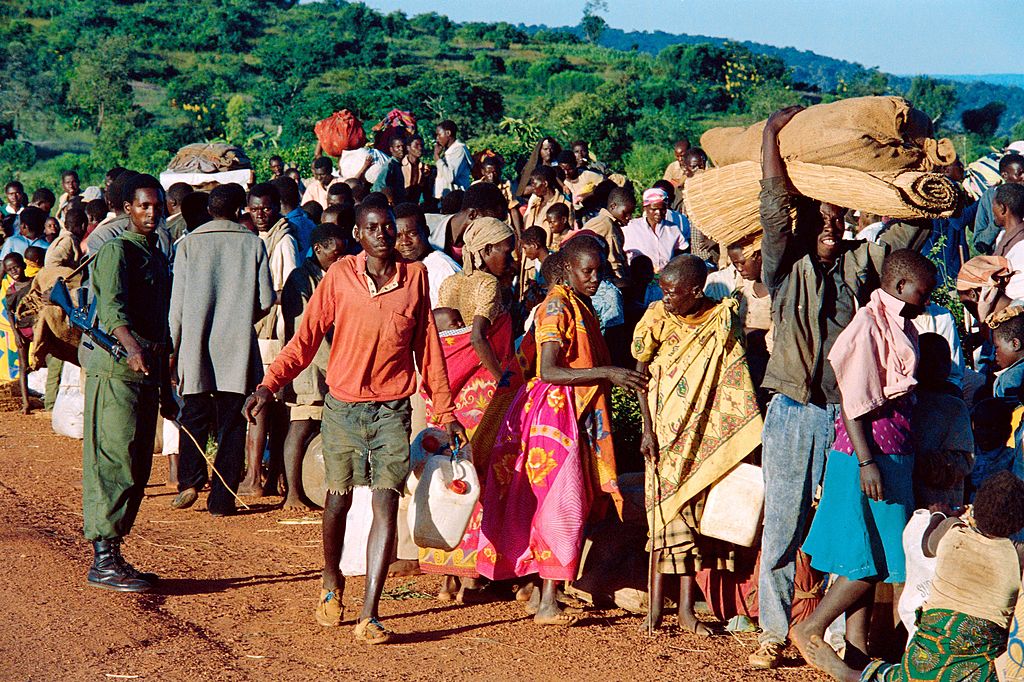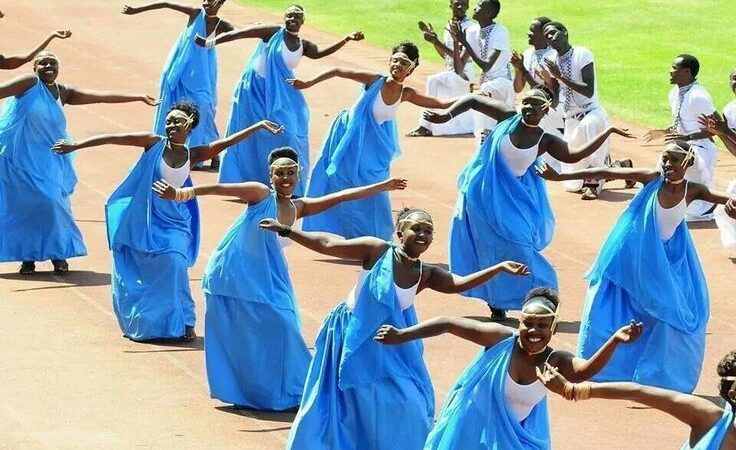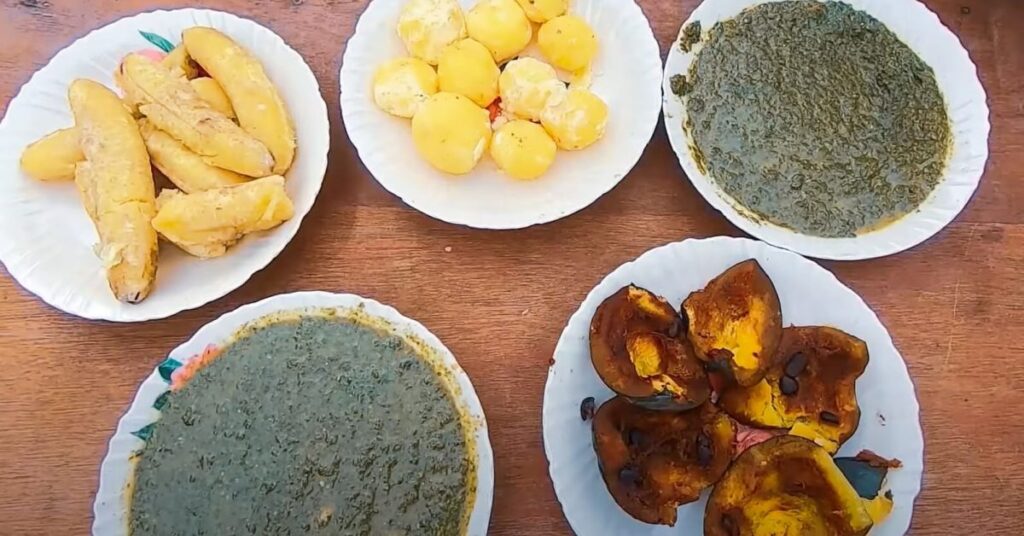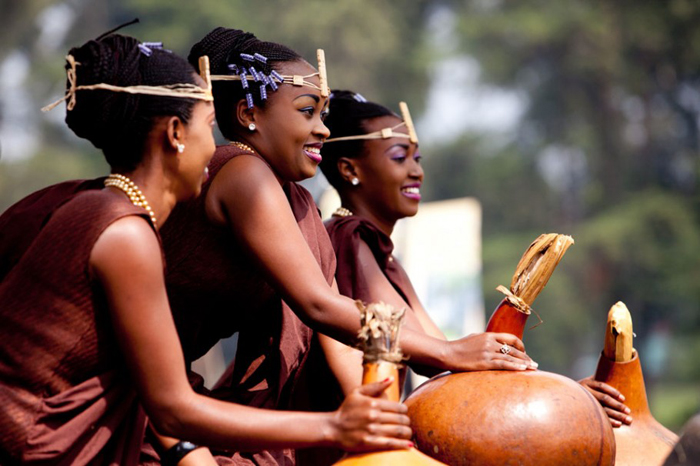Nestled in the heart of East Africa, Rwanda is a country of breathtaking landscapes and resilient people. Known as the “Land of a Thousand Hills,” its undulating terrain is a testament to the country’s natural beauty.
However, beyond its scenic vistas lies a nation with a deep and complex history, marked by periods of harmony, division, and remarkable recovery. Rwanda’s cultural heritage is equally rich, characterized by vibrant traditions in music, dance, and art, which have endured through times of prosperity and hardship alike.
This write-up delves into the intricate tapestry of Rwanda’s history and culture, offering a glimpse into what makes this nation unique.
Historical Overview
Rwanda, often referred to as the “Land of a Thousand Hills,” boasts a rich and complex history that has shaped its current socio-political landscape. The earliest inhabitants of Rwanda were the Twa, a group of Pygmy forest dwellers who settled in the region around 8,000 BC. The Hutu arrived later, followed by the Tutsi, who migrated into the area between the 14th and 15th centuries.
Pre-Colonial Period
In the pre-colonial era, Rwanda was a highly centralized kingdom led by a Tutsi monarchy. The king, known as the Mwami, wielded significant power, supported by a sophisticated administrative system. This hierarchical society was divided mainly into Tutsi, Hutu, and Twa groups, though these divisions were more fluid and socio-economic than strictly ethnic.
Colonial Rule
Rwanda became part of German East Africa in the late 19th century, but after Germany’s defeat in World War I, Belgium took control of the region under a League of Nations mandate. Belgian colonial rule reinforced and exacerbated ethnic divisions by instituting identity cards that classified individuals strictly as Tutsi, Hutu, or Twa. This policy sowed seeds of division and laid the groundwork for future conflicts.
Path to Independence
Rwanda gained independence from Belgium on July 1, 1962. The period leading up to and following independence was marked by ethnic tensions and violence, culminating in the overthrow of the Tutsi monarchy and the establishment of a Hutu-dominated republic. This shift led to decades of Hutu rule, during which ethnic tensions persisted and often erupted into violence.

The 1994 Genocide
The most tragic chapter in Rwanda’s history is the 1994 genocide, during which an estimated 800,000 Tutsi and moderate Hutu were brutally murdered in a span of 100 days. This genocide was triggered by the assassination of President Juvénal Habyarimana, a Hutu, whose plane was shot down in April 1994. The genocide had devastating effects on the country’s social fabric and economy.
READ ALSO: Unveiling the Origins: The Narrative Behind the Yoruba Adage ; Sebotimo Elewa Sapon
Post-Genocide Era and Reconciliation
After the genocide, the Rwandan Patriotic Front (RPF), a Tutsi-led rebel group, took control of the country, ending the mass killings. Paul Kagame, the RPF leader, became the de facto leader of Rwanda and later its president. The new government prioritized national reconciliation, justice, and economic development. The establishment of Gacaca courts, traditional community courts, played a crucial role in addressing the crimes of the genocide and promoting healing.

Culture
Despite its tumultuous history, Rwanda’s culture is vibrant and resilient. The country is known for its traditional music, dance, and art. The Intore dance, performed by men wearing grass wigs and wielding spears, is a significant cultural expression, symbolizing bravery and valor. Women also perform the graceful Umushagiriro dance, celebrating beauty and harmony.
Rwandan music is characterized by a blend of traditional and modern influences. Drums play a central role in traditional music, often accompanying dances and ceremonies. Contemporary Rwandan music includes genres such as Afrobeat, hip-hop, and gospel, reflecting the country’s dynamic cultural evolution.
Language
Rwanda is a multilingual nation with three official languages: Kinyarwanda, French, and English. Kinyarwanda, the national language, is spoken by the majority of the population and serves as a unifying factor among Rwandans. English has gained prominence in recent years, especially in education and government, reflecting Rwanda’s shift towards greater integration with the East African Community and global markets.

Cuisine
Rwandan cuisine is simple yet nutritious, heavily based on locally grown produce. Staple foods include bananas, plantains (known locally as ibitoke), sweet potatoes, beans, and cassava. Ugali, a type of maize porridge, and isombe, a dish made from cassava leaves, are popular dishes. Meat is less commonly consumed, but when it is, goat and beef are preferred.
Conclusion
Rwanda’s journey through history is marked by periods of prosperity, conflict, and remarkable resilience. Today, Rwanda stands as a testament to the power of reconciliation and the strength of cultural identity. Its people continue to build a future rooted in unity, development, and the rich tapestry of their cultural heritage.

